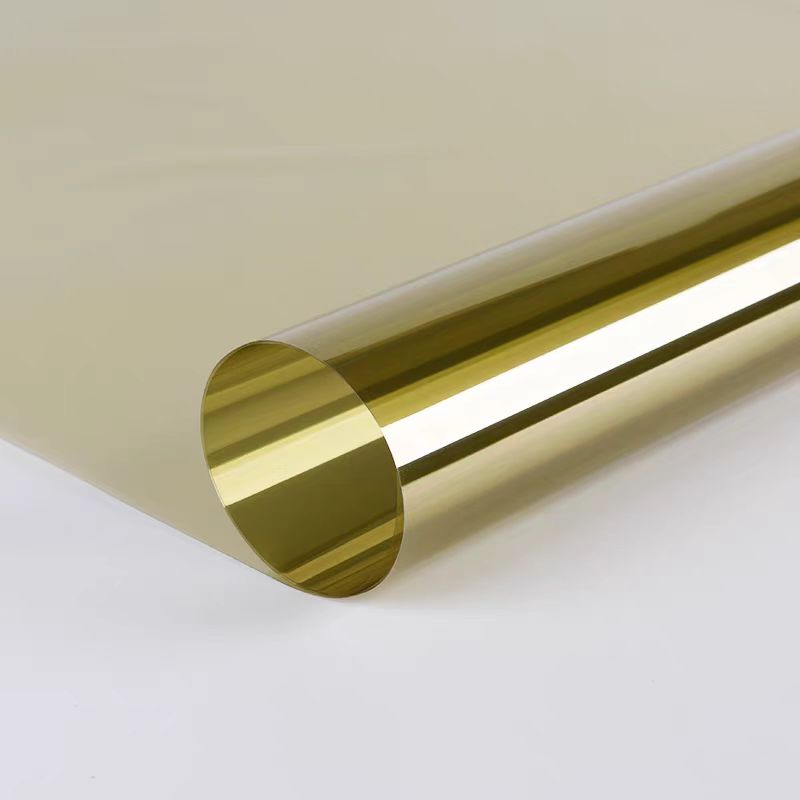Best Practices for PET Surface Treatment in High-Resolution Printing
Printing on PET films requires more than just quality inks and hardware—it demands precise surface modification to enable excellent ink adhesion and print definition. One of the key enablers of this performance is PET surface treatment, which transforms low-energy PET into a reliable printable PET film. In this article, we will explore best practices for surface treatment, focusing particularly on corona treated PET film used in high-resolution printing environments.
1. PET’s Natural Surface Limitations
Polyethylene terephthalate (PET) is known for its strength, flexibility, and optical clarity, but its chemically inert and hydrophobic surface resists ink bonding. This creates challenges such as:
Ink beading or flaking
Poor color density
Unstable print durability
PET surface treatment is necessary to increase the surface energy of PET films, making them receptive to ink, coatings, and adhesives.
2. Corona Treatment: The Industry Standard
The most widely used and cost-effective method for modifying the surface of PET is corona treatment. This method involves discharging high-voltage electricity through the air onto the PET surface, creating polar groups that attract ink.
Advantages of corona treated PET film include:
Increased surface energy (typically to 38–42 dynes/cm)
Fast, inline compatibility with PET film production
Enhanced wetting for UV, solvent, and water-based inks
Proven performance across labeling, packaging, and overlay applications
Corona-treated film is widely adopted in producing printable PET film for both short-run and high-volume printing jobs.
3. Process Parameters to Control
To ensure effective PET surface treatment, printers and converters must control key parameters:
Treatment intensity: Over-treatment can degrade film; under-treatment leads to poor adhesion.
Web speed: Faster lines may require higher corona power.
Humidity & contamination: Both reduce treatment effectiveness—keep the environment clean and dry.
Routine quality checks should include:
Dyne tests (surface energy)
Adhesion tape tests
Visual inspection under magnification
High-performance printable PET film relies on maintaining these parameters consistently.
4. Handling and Storage After Treatment
Once a PET film is corona treated, its surface energy may degrade over time—a phenomenon called "aging." This is especially critical for films stored in humid or dusty environments.
Storage guidelines for corona treated PET film:
Use within 6–12 months of treatment
Keep in original sealed packaging
Avoid exposure to sunlight, heat, or ozone
Re-test surface energy before use if stored long-term
In some cases, re-treating film with corona discharge before printing may restore surface properties.
5. Ink System Selection for Treated Films
Printable PET film that has undergone corona treatment can work with a wide range of ink systems, but optimal results come from matching inks to surface energy.
Recommended inks:
UV-curable inks: Preferred for fast curing and strong adhesion
Solvent-based inks: High color density and durability
Latex/water-based inks: Require primer or dual-treatment
To ensure optimal adhesion, test each ink type with your film and press system.
6. Advanced Treatment: Dual-Side or Patterned Corona
Some advanced printing applications require both sides of the film to be printable or one side to be coated differently.
Dual-side corona treated PET film: For double-sided printing or bonding
Patterned corona treatment: For functional areas or selective adhesion (e.g., touch panels)
These specialty PET surface treatment techniques are ideal for electronics, medical labels, and high-end display graphics.
7. Selecting a Quality Printable PET Film Supplier
The right supplier will ensure your printable PET film is treated to exacting standards.
Choose suppliers who offer:
Surface energy certificates (with dyne readings)
Application-specific coating options
Custom roll sizing and slitting
Consistent corona treated PET film across lots
A reliable supplier is critical for businesses that rely on consistent print quality and product durability.
SEO关键词使用情况(每个出现3次):
corona treated PET film
PET surface treatment
printable PET film
READ MORE:
Telephone: 008613530419893
E-mail:marie@selfadhesivefilm.com
ADDRESS (Shenzhen):903-286, Building A2, Guangming Technology Park, China Merchants Group, Guanguang Road, Fenghuang Community, Fenghuang Street, Guangming District, Shenzhen, Guangdong.
ADDRESS (Dongguan): 3rd Building No.45 Yinhu Road Shishuikou Community,Qiaotou Town, Dongguan, Guangdong.





